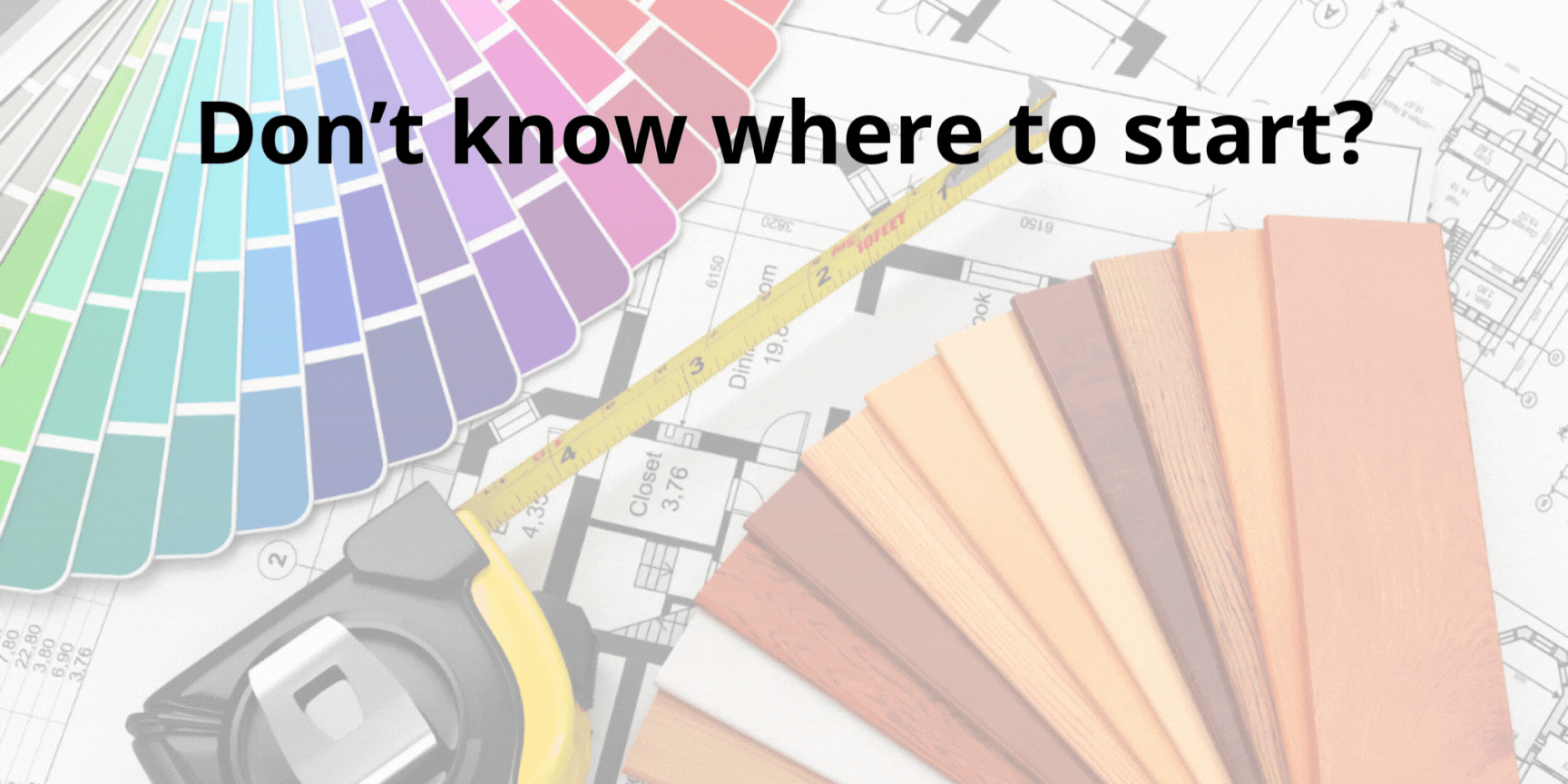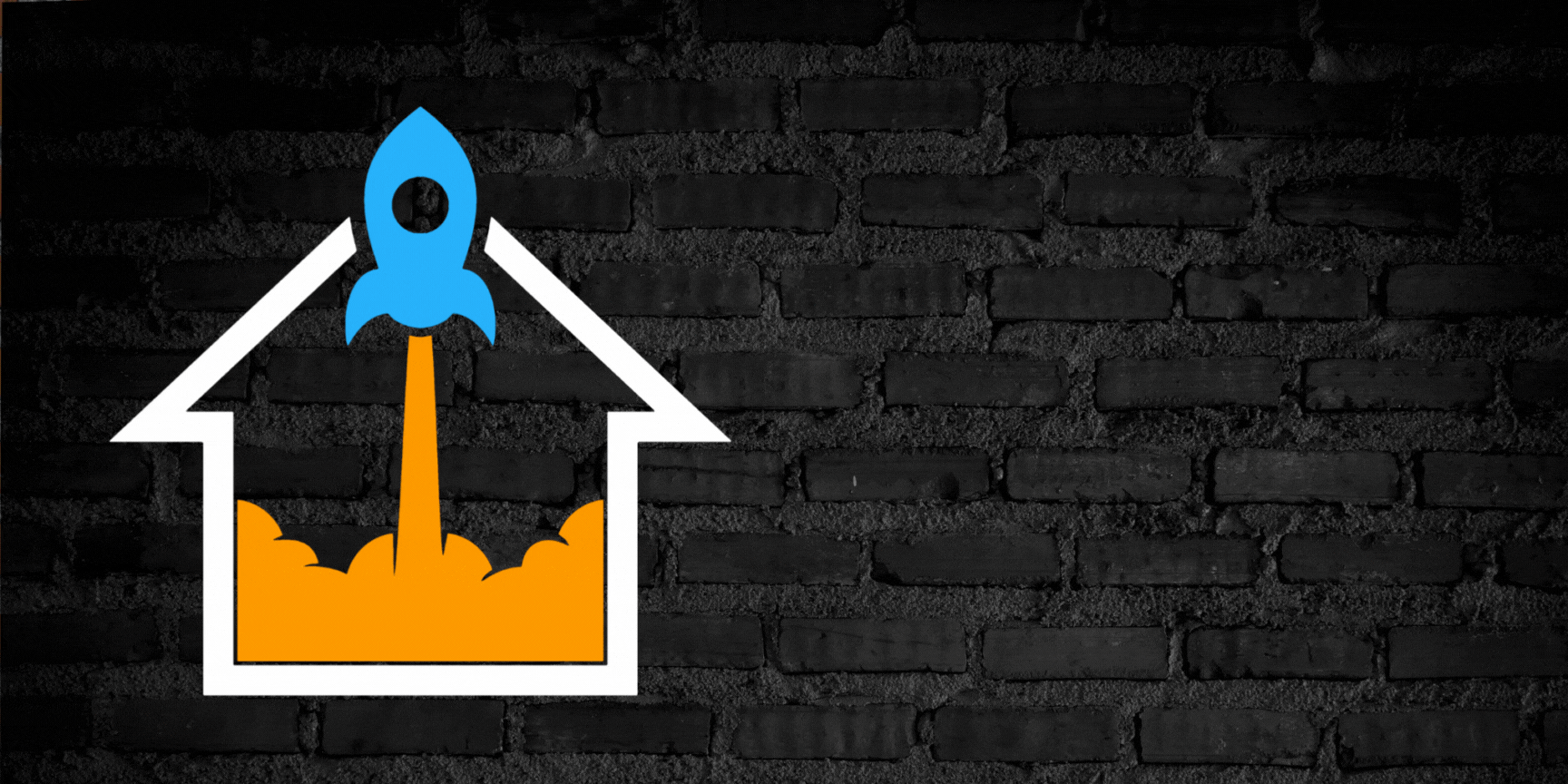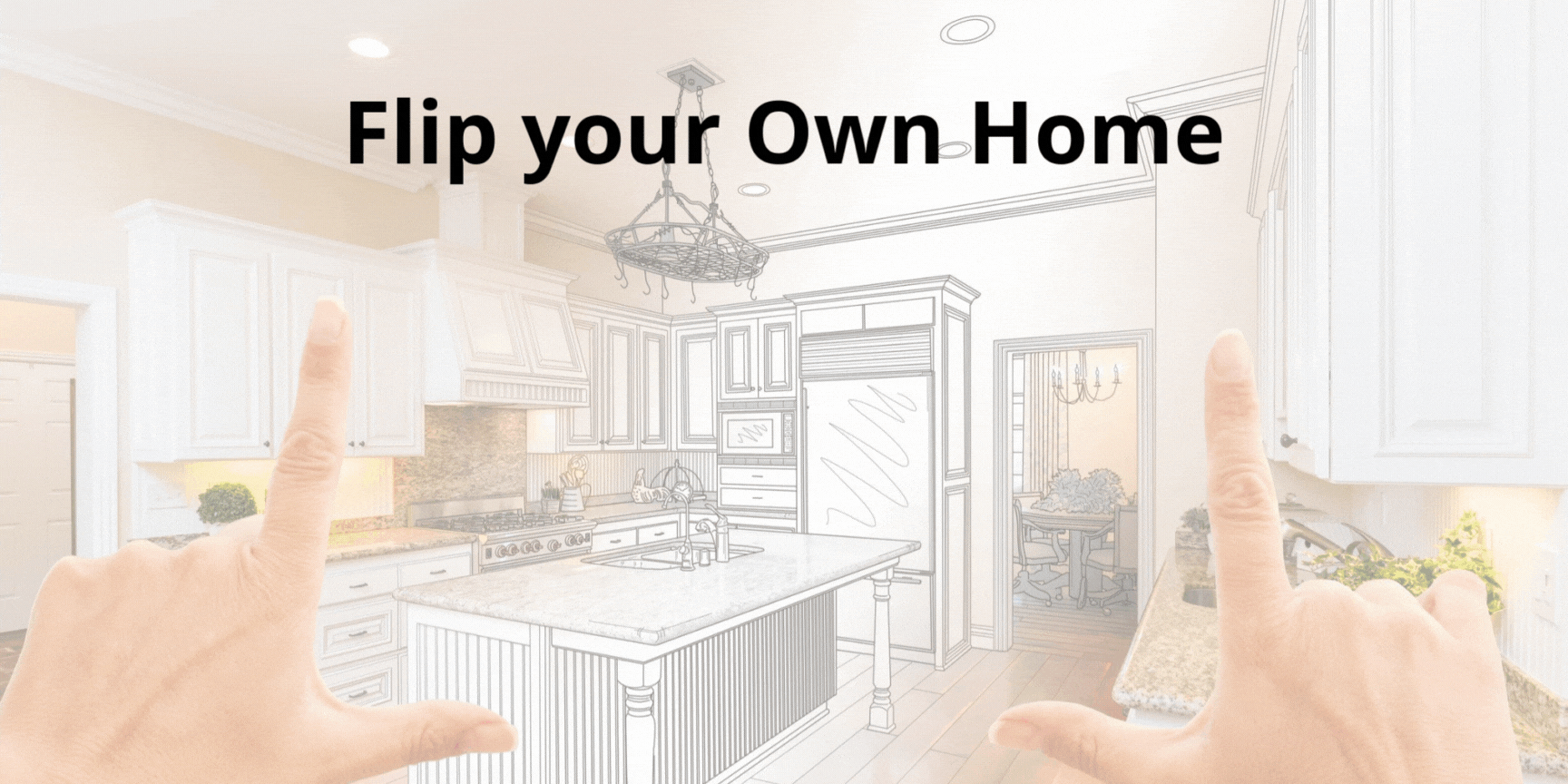When preparing to sell a home, property condition is one of the most critical factors influencing both sale price and time on market. Yet, it remains underutilized in many valuation models and real estate analyses. This article explores the findings from a comprehensive study analyzing over 322,000 residential sales across 1,300 U.S. counties, offering valuable insights for sellers looking to maximize their returns. We’ll dive into how property condition affects home values, the nuances for different market segments, and the strategies sellers can employ to improve outcomes.
Understanding Property Condition and Its Ratings
Property condition is typically assessed using a standardized rating system developed by Fannie Mae, ranging from C1 (excellent) to C6 (poor). These categories evaluate physical depreciation, deferred maintenance, and the extent of repairs needed. The ratings are:
- C1 (Excellent): Newly constructed homes with no physical depreciation.
- C2 (Very Good): Recently renovated or well-maintained homes with no deferred maintenance.
- C3 (Good): Homes with limited physical wear and tear and some updated components.
- C4 (Average): Adequately maintained homes requiring minor repairs.
- C5 (Fair): Homes with obvious deferred maintenance and functional issues.
- C6 (Poor): Homes with severe structural damage or safety concerns.
This rating system allows appraisers, agents, and buyers to assess a property’s quality and potential value relative to similar homes.
Property Condition and Sale Price: The Key Findings
Property condition is a significant driver of sale price, influencing buyer perception, negotiation leverage, and the final transaction value. The research provides detailed insights into how varying levels of property condition impact sale prices and how these effects are shaped by market dynamics.
1. Well-Maintained Homes Command Premium Prices
Homes in excellent condition (C1) consistently achieve premium sale prices, reflecting their turnkey appeal and the reduced cost of future maintenance for buyers. These properties often sell for 10% to 15% more than comparable homes in average condition (C4). Even homes rated as very good (C2) or good (C3) see moderate price increases, typically ranging from 5% to 10%, depending on the market.
Why Buyers Pay More
- Buyers value the immediate usability and long-term savings of well-maintained homes.
- Renovations and modern updates in C1 and C2 properties often align with current design trends, increasing desirability.
- Move-in-ready homes minimize the effort and stress buyers associate with post-purchase renovations.
Example:
A recently renovated home with new appliances, updated flooring, and a modern kitchen can fetch a significantly higher price than a similar home requiring upgrades, even in the same neighborhood. If the delta between the two is 12.5%, a “fixer upper” that might sell for $1,000,000 might sell for $1,125,000 after these renovations.
2. Poor Condition Properties Face Steep Discounts
At the other end of the spectrum, homes in poor condition (C5 or C6) face notable price discounts, with the price differential often exceeding 20%. These properties are viewed as high-risk investments due to the potential for unexpected repair costs and delayed usability. In extreme cases, homes in poor condition may only appeal to investors or flippers, further reducing the buyer pool and driving prices lower.
Contributing Factors:
- Visible signs of neglect, such as roof damage, outdated plumbing, or severe cosmetic issues, deter traditional buyers.
- The cost of required repairs is typically factored into offers, leading to steep discounts.
- Properties with safety or structural concerns often fail to qualify for conventional financing, limiting the pool of potential buyers to cash investors.
Example:
A C6 property with significant water damage or structural instability may only sell for a fraction of its potential market value if repairs are not completed before listing. This, however, has much less to do with cosmetics or aesthetics but rather the fact that homes with this kind of damage are often unable to qualify for conventional financing. This will greatly limit demand for the property, thus tanking the price.
3. Market Conditions Shape Price Sensitivity
The influence of property condition on sale price varies significantly based on market dynamics. In seller’s markets (such as Silicon Valley, which is almost always in a seller’s market), where inventory is scarce, buyers may overlook many flaws, narrowing the price gap between condition categories. Conversely, in buyer’s markets with high inventory, the price differences between well-maintained and poorly maintained homes become more pronounced.
Seller’s Market (Low Inventory)
- C3 and C4 homes may sell closer to the prices of C1 and C2 homes due to heightened buyer competition.
- Buyers are more willing to accept properties requiring minor updates to secure a home.
Buyer’s Market (High Inventory)
- C5 and C6 homes face severe discounts as buyers have more options and leverage to demand price reductions or repairs.
- Homes in excellent condition are more likely to achieve full asking price or spark bidding wars.
Study Insight
The research found that during periods of strong market conditions, the price spread between homes rated C1 and C4 was as narrow as 5%. However, in weaker markets, this spread widened significantly, reaching over 20% in some cases.
This is why I caution sellers against spending a lot of money improving the condition of their homes. It may cost 10% of the home value only to boost the sale price by 5%.
4. The Role of Property Age and Upgrades
The impact of property condition is intertwined with the age of the home and the extent of recent upgrades. Buyers expect newer homes to be in better condition and are less forgiving of flaws. Conversely, older homes in excellent condition can achieve premiums if they feature significant updates.
For Newer Homes
- Minor imperfections, such as outdated paint colors or slightly worn flooring, have less impact on sale price, as buyers assume fewer long-term issues.
- However, newer homes with visible flaws (e.g., poorly installed fixtures or damage from neglect) may be penalized more heavily than similar flaws in older homes.
For Older Homes
- A well-maintained older home with modern upgrades can achieve a C2 or C3 rating, elevating its value above comparable properties.
- Poor-condition older homes (C5 or C6) often face steep discounts due to buyer concerns about systemic failures, such as plumbing, electrical, or roofing systems.
5. Cosmetic Updates Can Yield Outsized Returns
Not all property improvements need to be structural or high-cost to impact sale price. Cosmetic updates such as fresh paint, new light fixtures, and modern hardware can elevate a home’s condition rating and attract higher offers. These changes improve the home’s perceived value without requiring significant investment.
High-Impact Cosmetic Improvements
- Repainting in neutral tones to appeal to a broader audience.
- Replacing outdated carpets with modern flooring options.
- Upgrading kitchen hardware or adding a backsplash to enhance visual appeal.
Example:
A C4 home with outdated appliances and faded paint was upgraded with minor renovations, including stainless steel appliances, new cabinet hardware, and a fresh coat of paint. These changes elevated its condition to C3 and resulted in a sale price increase of 8%.
6. Pricing Strategies and Condition
Pricing a home accurately based on its condition is essential to attract buyers and achieve a successful sale. Overpricing a poor-condition home can result in extended time on market, while underpricing a well-maintained home may leave money on the table. Sellers should work closely with real estate professionals to determine a competitive price that reflects the home’s condition.
Strategic Pricing Tips
- Homes in excellent condition can justify pricing slightly above comparable sales, especially in strong markets.
- Poor-condition homes should be priced competitively to account for repair costs and attract interest.
- Transparent pricing that reflects condition helps set buyer expectations and reduces the likelihood of negotiations falling through.
Key Takeaways for Sellers
The relationship between property condition and sale price is clear: well-maintained homes consistently outperform poorly maintained ones in both price and buyer interest. Sellers should evaluate their property’s condition honestly and consider the following strategies to maximize their returns:
- Invest Strategically: Focus on high-ROI improvements that elevate the home’s overall condition. Minor cosmetic upgrades can have a significant impact on sale price.
- Leverage Market Dynamics: Understand the current market conditions and tailor your approach. In a seller’s market, address only critical issues. In a buyer’s market, invest more in repairs and upgrades.
- Consult Experts: Work with a real estate agent or appraiser to determine a realistic condition rating and price your home accordingly.
- Highlight Strengths: Emphasize unique features, upgrades, and well-maintained systems in your marketing materials to attract motivated buyers.
By taking these steps, sellers can effectively position their property in the market, reduce time on market, and achieve a competitive sale price.
Time on Market and Property Condition
Time on market (TOM) is a critical consideration for home sellers, as it directly impacts the carrying costs of the property and the perception of its desirability. Homes in excellent condition (C1 or C2) tend to attract more buyer interest and sell quickly, while those in poor condition (C5 or C6) often linger on the market. The relationship between property condition and time on market becomes even more pronounced in certain market environments. Here’s a deeper look at how condition impacts TOM:
1. Homes in Good to Excellent Condition Sell Faster
Homes that are well-maintained or recently renovated are more likely to attract buyers quickly. Features such as updated kitchens, modernized bathrooms, and a clean, well-kept exterior often create a strong first impression. Buyers perceive such properties as move-in ready, which minimizes their future costs and effort. These homes often receive multiple offers in competitive markets, further reducing time on market.
Example:
A home rated C2 with fresh paint, modern fixtures, and updated appliances is likely to attract multiple offers within days in a seller’s market. Even in a balanced market, such properties sell faster than their less-maintained counterparts.
2. Poor Condition Leads to Buyer Hesitation
Homes in poor condition (C5 or C6) are typically associated with higher risks and repair costs, which leads to buyer hesitation. These homes may attract investors or bargain hunters, but they are less appealing to conventional buyers. This hesitation results in longer time on market, and as the property remains unsold, its perceived value may diminish further, creating a negative feedback loop.
Example:
A C6 property with visible structural issues or outdated systems may sit on the market for months, particularly in a buyer’s market. Buyers often avoid such homes unless they are priced significantly below market value.
3. Market Conditions Amplify the Effects of Property Condition
Market conditions—whether it’s a seller’s or buyer’s market—play a crucial role in determining how property condition impacts time on market.
Seller’s Market (Low Inventory)
In a competitive market with limited inventory, even homes in average or below-average condition may sell quickly. Buyers facing stiff competition are less likely to scrutinize every detail, focusing instead on securing a property. However, homes in excellent condition still maintain an edge, often sparking bidding wars that drive up the price.
Buyer’s Market (High Inventory)
In a market with ample supply, buyers have more options and become selective, prioritizing properties in better condition. In this environment, homes in poor condition are at a significant disadvantage, often spending months on the market without serious offers.
Data Insight
The study found that in soft markets, the time on market for properties in poor condition can double or even triple compared to those in good condition. This highlights the importance of addressing key issues before listing a home in such conditions.
4. Deferred Maintenance and Buyer Perceptions
Deferred maintenance, such as leaky roofs, peeling paint, or outdated electrical systems, sends a signal to buyers that the property may have hidden problems. Buyers often associate visible flaws with poor overall upkeep, even if the major systems of the home are functional. This perception can deter offers and extend the time on market.
Seller Strategy
Addressing deferred maintenance before listing, even through minor repairs, can significantly improve buyer perceptions and reduce TOM. For instance, replacing a broken fence or repairing a cracked driveway can create a sense of care and attention that resonates with buyers.
5. Pricing and Condition: A Delicate Balance
The relationship between price and condition is another factor influencing time on market. Homes priced too high for their condition will sit unsold, while appropriately priced homes—even those in less-than-ideal condition—can still attract offers. However, this often involves accepting a lower sale price to offset buyer concerns about repairs.
Example:
A C5 home listed at market value based on its condition may still sell faster than a similar property priced as though it were in C2 condition. Transparency about the property’s state and realistic pricing can minimize delays.
6. Renovations and Upgrades to Reduce Time on Market
Investing in targeted renovations or upgrades before listing can shorten TOM by making the property more attractive to buyers. Improvements such as fresh paint, updated lighting, landscaping, and minor kitchen or bathroom updates provide high visual impact with relatively low cost. Sellers who invest strategically can position their homes for faster sales, even in competitive markets.
Case Study
A property initially rated as C4 (average) underwent minor cosmetic updates, including repainting walls, replacing worn carpet with laminate flooring, and adding modern hardware to cabinets. These changes elevated the perceived condition to C3, resulting in a quicker sale at a price closer to market value.
7. Staging and Presentation Play a Role
In addition to physical condition, staging and presentation influence time on market. Professionally staged homes, even those in average condition, often appear more desirable and sell faster than similar unstaged properties. Effective staging can draw attention away from minor flaws and highlight the home’s potential.
Seller Tip: Even without full staging, decluttering, cleaning, and making the home as presentable as possible can have a positive impact on reducing TOM.
8. Emotional Buyer Connections
Homes in excellent condition create an emotional connection with buyers, making them more likely to act quickly. Features like a welcoming entryway, modern finishes, and well-maintained outdoor spaces help buyers envision themselves living in the home, leading to faster decisions.
Key Insights for Sellers
To minimize time on market, sellers should focus on the following:
- Address Visible Issues: Fixing visible defects like cracked windows, stained walls, or outdated fixtures can reduce buyer hesitation.
- Invest in Strategic Upgrades: High-impact, low-cost updates like repainting, landscaping, or new flooring can enhance appeal and shorten TOM.
- Price According to Condition: Setting a realistic price that aligns with the home’s condition ensures quicker sales.
- Leverage Staging and Curb Appeal: Presenting the home in its best light can make a significant difference in how quickly it sells.
By prioritizing these strategies, sellers can ensure their homes spend less time on the market while maximizing returns.
Does Property Condition Matter More for Older Homes or Newer Homes?
The impact of property condition also varies depending on a home’s age:
- Older Homes: For older properties, condition is a critical determinant of value. Buyers scrutinize these homes more closely for maintenance and upgrades, as they are often perceived as riskier investments. Sellers of older homes can benefit significantly from targeted improvements that address common concerns like outdated systems or structural wear.
- Newer Homes: While buyers expect newer homes to be in good condition, the condition rating has a less dramatic impact on their value compared to older homes. As long as newer homes meet baseline expectations, buyers are less likely to penalize minor imperfections.
Market Conditions and the Influence of Property Condition
The study emphasizes that market conditions significantly affect how property condition impacts price and time on market:
- Low Inventory (Seller’s Market): When inventory is scarce, buyers are more likely to overlook minor flaws and focus on securing a home quickly. In these markets, the price spread between different condition ratings narrows.
- High Inventory (Buyer’s Market): In markets with abundant supply, buyers have greater leverage and can demand discounts or concessions for homes in poor condition. This environment amplifies the financial benefits of addressing deferred maintenance before listing.
Insights for Sellers: How Much to Spend on Improvements
The study provides valuable guidance for sellers on deciding how much time and money to invest in property improvements before selling:
- Focus on ROI
Sellers should prioritize repairs and upgrades that offer the highest return on investment. Kitchens, bathrooms, and curb appeal improvements consistently yield a negative return on investment. - Address Deferred Maintenance
Tackling deferred maintenance, such as roof repairs, HVAC servicing, or plumbing updates, can improve a property’s rating and reduce buyer concerns. - Avoid Over-Improving:
Over-investing in luxury upgrades may not yield proportional returns, especially for starter homes, less-desirable locations, or in weak markets. - Consult Professionals:
Working with a real estate agent or appraiser can help sellers identify critical areas to improve based on local market dynamics.
Key Takeaways for Sellers
From this analysis, several key takeaways emerge that can guide sellers in preparing their homes for sale:
- Condition Affects Both Price and Time
Well-maintained homes sell faster and for higher prices. Investing in improvements can be particularly beneficial in buyer’s markets or for older homes. - Market Conditions Matter
Sellers in strong markets may focus on essential repairs, while those in soft markets should consider broader upgrades to remain competitive. - High-End Homes Require More Attention
For luxury properties, even small imperfections can have outsized effects on sale price. Ensuring a high condition rating is essential in this segment. - Data-Driven Decisions Lead to Better Outcomes
Understanding how property condition affects buyer behavior can help sellers allocate resources effectively and maximize their returns.
Conclusion: Why Property Condition Matters
The findings underscore that property condition is a pivotal factor in real estate transactions, influencing both sale price and time on market. Sellers who understand the dynamics of property condition, market conditions, and buyer expectations can make informed decisions about where to invest their time and money. Whether preparing a starter home or a high-end property, addressing deferred maintenance and improving overall condition can lead to a faster sale and a higher price, ensuring a successful transaction in any market.
Check out these Great Homes for Multi-Generational Living
2
3
4
5
6
7
8
9
10
11
12
13
14
15
16
17
18
19
20
21
22
23
24
25






